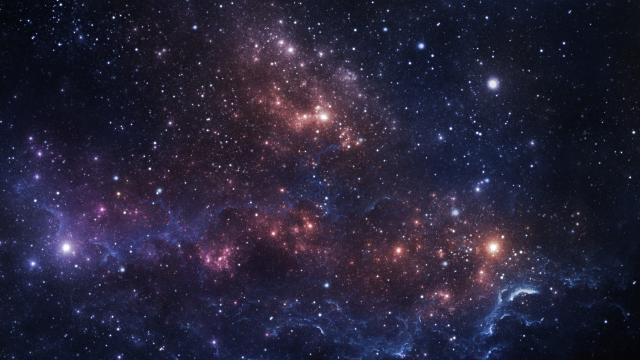Anyone from a city tends to comment on the brightness of the stars when they find themselves in a rural area after dark. But, cliché or not, when you’re so used to living somewhere with light pollution, having the chance to experience the opposite of that can catch you off-guard.
And if you haven’t heard the term or thought about light pollution since sometime in the mid-’90s, chances are one group’s work is what put it on your radar in the first place: Founded in 1988 and currently based in Tucson, Arizona, the International Dark-Sky Association (IDA) is the world’s leading organisation working to reduce light pollution — and this is their week.
According to the IDA, 83% of the global population lives under a light-polluted sky, so the least we can do is pay attention to the issue for a week. While International Dark Sky Week actually started on Monday, April 5, it goes on until April 12, so you still have a few days to participate.
Find an official dark place
No, not the one in your heart — an area that has received a special designation from the IDA for its efforts to preserve and protect dark sites around the world. There are five separate designations, each offering different experiences:
- International Dark Sky CommunitiesCommunities are legally organised cities and towns that adopt quality outdoor lighting ordinances and undertake efforts to educate residents about the importance of dark skies.
- International Dark Sky ParksParks are publicly- or privately-owned spaces protected for natural conservation that implement good outdoor lighting and provide dark sky programs for visitors.
- International Dark Sky ReservesReserves consist of a dark “core” zone surrounded by a populated periphery where policy controls are enacted to protect the darkness of the core.
- International Dark Sky SanctuariesSanctuaries are the most remote (and often darkest) places in the world whose conservation state is most fragile.
- Urban Night Sky PlacesUNSPs are sites near or surrounded by large urban environs whose planning and design actively promote an authentic nighttime experience in the midst of significant artificial light at night, and that otherwise do not qualify for designation within any other International Dark Sky Places category.
Use this interactive map to find a dark place near you. Then grab your telescope and some friends (or at least some reflective clothing) and take it all in.
Check the events calendar
If you don’t want to venture off on your own in the dark, the International Dark Sky Week website has an entire calendar packed with events around the world each day of the week. Some are local stargazing events or organised efforts to reduce light pollution, while others let you livestream the night sky from the convenience of your own couch.

Leave a Reply
You must be logged in to post a comment.